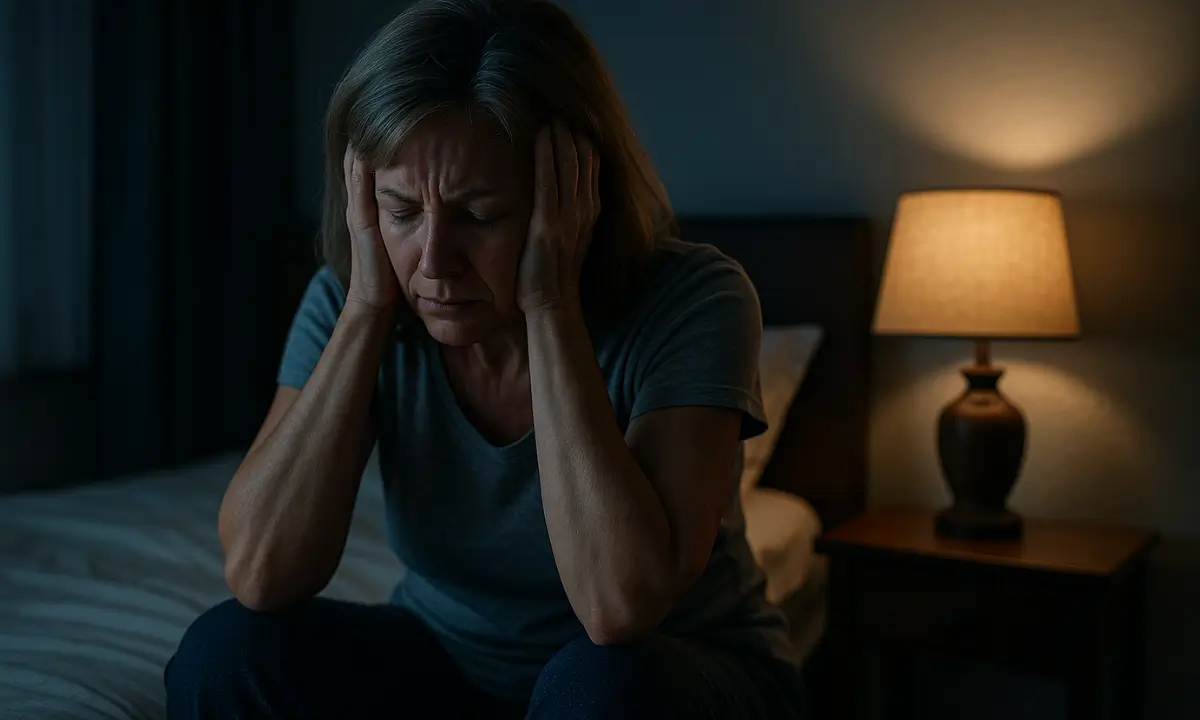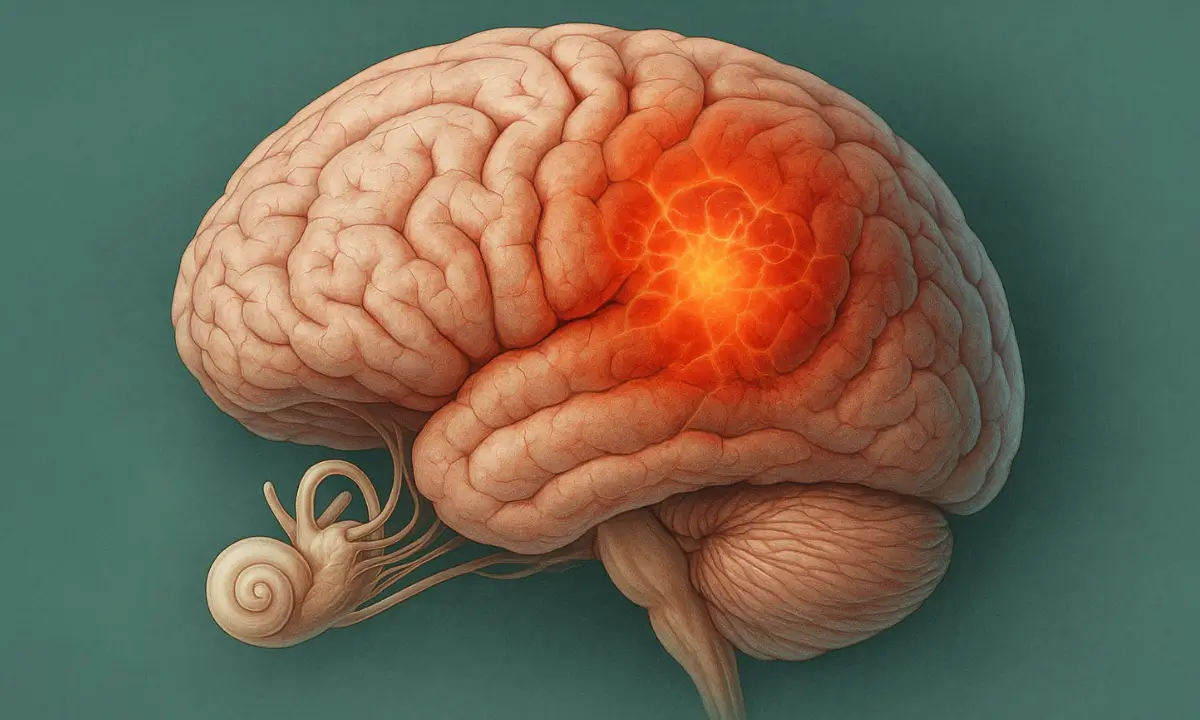Why This New Tinnitus Treatment Is Catching On Across the U.S.
You're not alone. Every night, millions silently ask the same thing: “Why won’t the ringing stop?” This time, the answer comes from where no one expected — the brain.

Over 50 million Americans live with tinnitus — but now, a brain-based breakthrough is changing how we treat it.
Recent neuroscience reveals the ringing doesn’t start in the ears, but in a misfiring brain loop that amplifies internal sound.
This loop can worsen with age, stress, or noise exposure — but a new 15-second method is helping thousands calm it naturally.
People say the ringing fades, sleep returns, and their mind feels clear again.
Why the Ringing Gets Louder in the Dark
Think your tinnitus spikes at night? It’s not just in your head — or rather, it is… and that’s the point. Neuroscientists now suggest the ringing isn’t only an ear issue — it’s how your brain handles silence.
That’s why many feel fine during the day, but the moment the room goes quiet... it’s like the noise takes over.
Is There a Way to Quiet the Brain?
There’s no instant fix — but thousands are now turning to a method that targets the real control center: the brain itself.
A retired military neuroscientist made a breakthrough after watching his own brother spiral into sleepless nights, brain fog, and frustration — all because of a sound no one else could hear.
What they uncovered could change everything about how we understand — and reduce — tinnitus.
What No One Tells You When You Google “How to Stop Tinnitus”
You’ve probably heard it all before:
- “Use a white noise machine.”
- “Try meditation or yoga.”
- “Cut out caffeine and salt.”
- Or the worst: “Just learn to live with it.”
But here’s what almost no one says: The real volume of tinnitus isn’t measured in decibels — it’s decided by your nervous system.
This new approach shifts the focus from the ear… to the inner auditory network in your brain — where the perception of sound is shaped.

Real People. Real Silence.
From veterans to school teachers, truck drivers to stage musicians — thousands across the U.S. are finally hearing something they thought they’d lost forever: silence.
Most of them say the same thing, again and again: “I just wish I had found this sooner.”
Can Tinnitus Really Go Away?
There’s no cookie-cutter fix — but here’s what’s happening:
- For some, the ringing disappears completely.
- Others say it fades so much, they barely notice it.
- And many find peace by calming the nervous system — where the sound actually “lives.”
The best part? It’s happening without pricey gadgets or invasive procedures. Just one surprising discovery — now helping thousands find quiet again.
Your Next Step to Silence
If you’ve typed “how to stop tinnitus” more times than you can count — and still haven’t found peace — don’t quit yet. This could be the shift your brain has been waiting for.
FAQ: What Most People Want to Know
Thousands report the sound has faded or even disappeared after using this brain-based method — especially at night. It’s not magic, but it’s the closest thing many have found.
Some notice calmer nights in the first week. Others take longer. But one thing’s clear: the earlier you start, the faster the brain can begin rebalancing.
Yes. No gadgets, no noise machines. Just a short video and one brain-centered shift you can start using today — from anywhere.
Scroll up and click any button — it takes you straight to the video thousands are calling a game-changer for tinnitus relief.